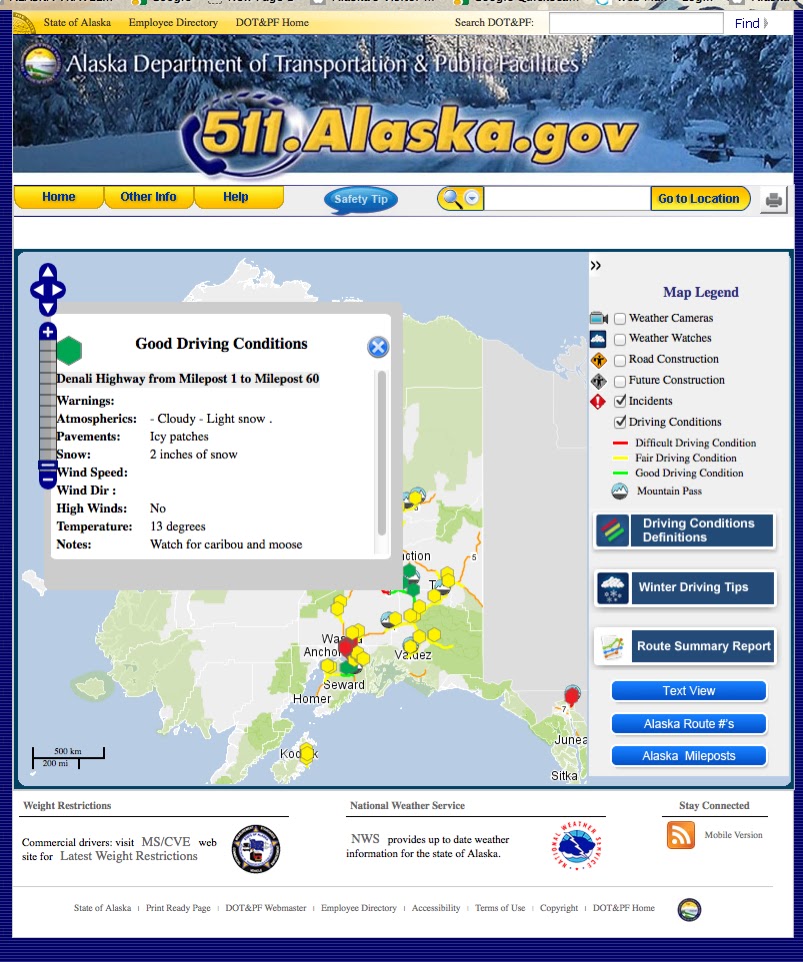As CVEA Examines Nuclear Power, Delta Junction Dismantles Its Reactor
Two Different Directions The Delta Junction nuclear reactor. (Photo, U.S. Army Corps Of Engineers) Nuclear Power In Delta & Glennalle...
https://www.countryjournal2020.com/2022/02/as-cvea-examines-nuclear-power-delta.html
Two Different Directions
Nuclear Power In Delta & Glennallen
During the first week of February 2022 remarkable things were happening in two small adjacent Alaskan rural communities.
In Delta Junction, the U.S. Army Corps of Engineers announced that it was working with Doyon to dismantle the only nuclear power plant to ever operate in Alaska.
And in Glennallen, 150 miles down the Richardson Highway, Copper Valley Electric announced – at the very same time – that it was looking into installing a small modular nuclear reactor.
Considering the size of the two communities, and their wilderness isolation, it's strange that something as high-tech as nuclear power is a possibility in either one of them.
More stunning is the fact that Delta's power plant was built in 1958. It ran for only a few years on Fort Greely, before it was deemed too expensive. It's just been sitting there, unused, ever since around 1968. It's estimated it'll take around 6 years to dismantle it.
Meanwhile, in the Copper Valley, a small nuclear system, as big as two standard shipping containers, is being investigated by Copper Valley Electric. The company making the nuclear reactor (the "Ultra Safe Nuclear Corporation") promises it will be "walk-away safe" and capable of shutting itself down if necessary.
There are around 4,000 customers in the Copper Valley-Valdez area.
CVEA 's utility prices began to soar this winter. The cost of a month's electricity for a single family dwelling has easily reached $500.
CVEA currently operates mainly with hydropower and diesel.


















